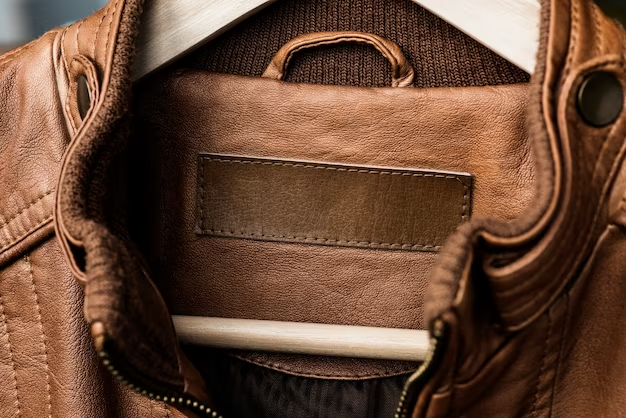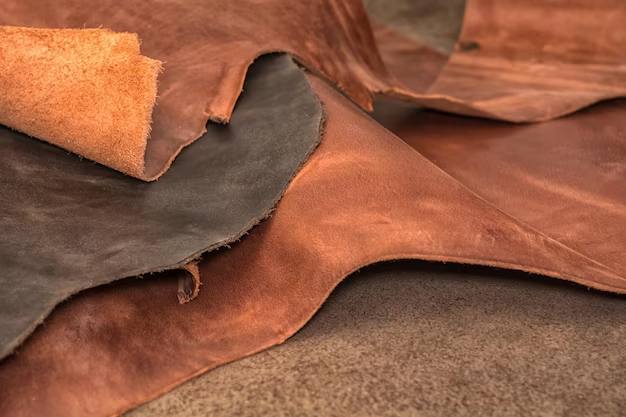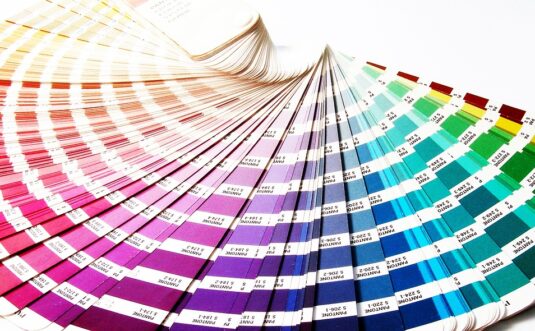Leather, suedes, and skins have long been cherished materials, treasured for their durability, versatility, and timeless appeal. From fashion to interiors, these materials have found their place in various industries and have left an indelible mark. In this comprehensive guide, we will explore the world of leather, suedes, and skins, shedding light on their unique characteristics, applications, and how to care for them.
Understanding Leather
Leather is a durable and flexible material made from the tanning of animal hides. It has been used for centuries to create a wide range of products, including clothing, accessories, upholstery, and footwear. Leather is known for its strength, longevity, and ability to develop a rich patina over time. It comes in various types, each with distinct qualities:
- Full-Grain Leather: This is the highest quality leather, featuring the outermost layer of the hide. It retains the natural grain, making each piece unique. Full-grain leather is known for its strength and develops a beautiful patina over time;
- Top-Grain Leather: Slightly less rugged than full-grain, top-grain leather has the top layer sanded off to remove imperfections. It maintains durability while having a more uniform appearance;
- Genuine Leather: Despite its name, genuine leather is a lower-quality option. It is made from layers of low-grade leather, often with a synthetic topcoat. While it is more affordable, it lacks the durability and natural beauty of higher-grade leather.
Luxurious Suedes
Suede is a type of leather with a napped finish, achieved by buffing the inner surface of the hide. It is known for its soft, velvety texture, making it a popular choice for clothing, shoes, and accessories. Suede comes in various forms:
- Natural Suede: This is untreated suede, which retains its natural color. It is delicate and requires careful maintenance to prevent stains and damage;
- Dyed Suede: Suede can be dyed in a wide range of colors, allowing for versatility in design. Dyed suede is often more resistant to stains;
- Suede Alternatives: Some synthetic materials mimic the look and feel of suede while offering enhanced durability and stain resistance. These are often used in budget-friendly products.
Exotic Skins
Exotic skins are sourced from animals like crocodiles, snakes, and ostriches. They are prized for their unique textures, patterns, and luxurious appearance. These skins are often used to create high-end fashion items and accessories. Here are a few examples:
- Crocodile Skin: Known for its distinctive scale pattern and durability, crocodile skin is used to create luxury bags, belts, and shoes;
- Snake Skin: Snakeskin boasts a sleek and exotic look. It is commonly used in fashion to craft unique, statement pieces;
- Ostrich Skin: Ostrich leather is highly sought after for its softness and distinctive quill patterns. It is often used in luxury footwear and accessories.
Leather Care Tips
Proper care is essential to ensure the longevity of leather, suedes, and skins:
- Cleaning: Regularly clean your leather items with a soft, damp cloth to remove dirt and dust. For suede, use a suede brush to maintain the nap;
- Conditioning: Apply leather conditioner to prevent drying and cracking. Suede can benefit from a suede protector spray;
- Storage: Store leather products in a cool, dry place away from direct sunlight. Use dust bags for protection;
- Avoid Moisture: Keep leather away from moisture, as it can cause mildew and damage. Use a waterproof spray for suede.
Leather, Suedes, and Skins: A Comparative Overview
To better understand the distinctions between leather, suedes, and exotic skins, let’s delve into a comparative table highlighting their key attributes:
| Attribute | Leather | Suedes | Exotic Skins |
|---|---|---|---|
| Material Source | Animal Hides | Animal Hides | Exotic Animals |
| Texture | Smooth and Rugged | Soft and Velvety | Varied Textures |
| Durability | High | Moderate | Varies by Species |
| Versatility | Widely Used | Apparel and Shoes | Luxury Products |
| Care Requirements | Regular Maintenance | Delicate Handling | Specialized Care |
| Unique Features | Develops Patina | Elegant Appearance | Distinct Patterns |
Leather: A Timeless Classic
Leather stands as a symbol of tradition and endurance. It boasts a unique ability to develop a beautiful patina over time, enhancing its character. Leather’s durability makes it an ideal choice for products requiring strength, such as belts and wallets. However, it also shines in the world of fashion with leather jackets and accessories. Its rugged charm and adaptability allow it to seamlessly transition from a motorcycle ride to a chic dinner.
Suede: The Soft Elegance
Suede, with its velvety texture, offers a stark contrast to traditional leather. This material adds an element of sophistication to fashion, commonly used in shoes, gloves, and jackets. Suede’s delicacy requires careful maintenance, as it’s susceptible to staining and damage. Its softness against the skin and graceful appearance make it a preferred choice for luxurious, elegant pieces.
Exotic Skins: Unparalleled Luxury
Exotic skins, sourced from crocodiles, snakes, and ostriches, exude luxury and exclusivity. These materials boast unique textures and patterns, making them highly sought after in high-end fashion and accessories. However, their rarity and specialized care demands place them in a league of their own. From crocodile skin’s distinctive scales to the sleek allure of snakeskin and the quill patterns of ostrich leather, these exotic materials redefine opulence.
Care and Maintenance
- Leather requires regular cleaning and conditioning to maintain its beauty. Avoid excessive moisture and store it properly to prevent damage;
- Suede demands gentle handling. Use a suede brush to restore the nap and protect it with a suede spray. Keep it dry and away from water;
- Exotic skins need specialized care products to preserve their unique textures and patterns. Consult experts or follow brand-specific guidelines.

Conclusion
In conclusion, the world of fashion and luxury is forever intertwined with the timeless appeal of leather, suedes, and exotic skins. These materials have not only stood the test of time but have evolved to adapt to the changing landscape of style and sustainability.
Leather, with its rich history and versatility, continues to be a symbol of craftsmanship and durability. Whether it’s a classic leather jacket, a well-worn leather bag, or a pair of sleek leather shoes, this material remains an enduring favorite among fashion enthusiasts worldwide. The diverse range of finishes and treatments ensures that leather can be tailored to fit any aesthetic, making it a top choice for both traditional and contemporary designs.
Suedes, on the other hand, offer a softer, more tactile experience. Their velvety texture and muted hues make them perfect for creating elegant pieces that exude sophistication. From suede boots that elevate winter fashion to suede accessories that add a touch of luxury to any outfit, this material’s appeal is undeniable.
Exotic skins, with their rarity and uniqueness, cater to those who seek the extraordinary. The allure of snakeskin, alligator, and ostrich lies not only in their visual impact but also in the exclusivity they offer. As consumers become more conscious of sustainability, ethical sourcing and responsible practices in exotic skin production are becoming increasingly vital.
In the ever-evolving world of fashion, leather, suedes, and exotic skins continue to inspire designers and captivate enthusiasts. As we move forward, it is essential to balance our love for these materials with a commitment to ethical and sustainable practices, ensuring that future generations can also enjoy the beauty and luxury they provide. So, whether you’re drawn to the timeless charm of leather, the tactile allure of suedes, or the exotic fascination of unique skins, one thing is certain – these materials will always have a place in the world of high-end fashion.




